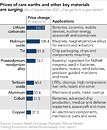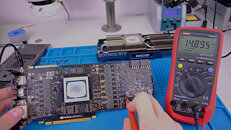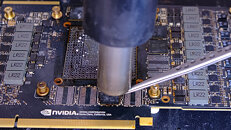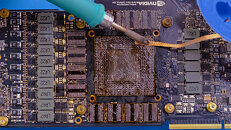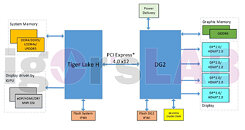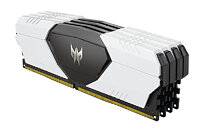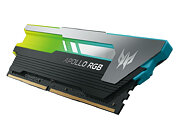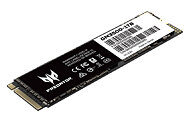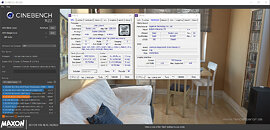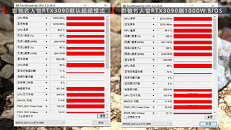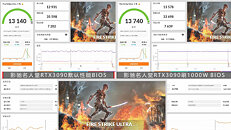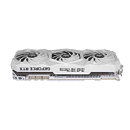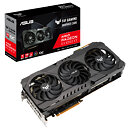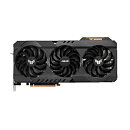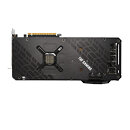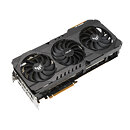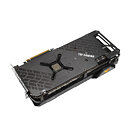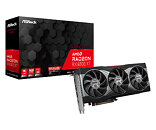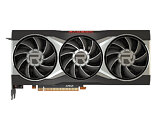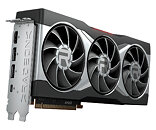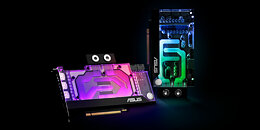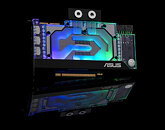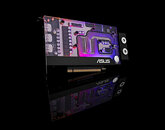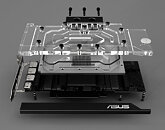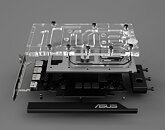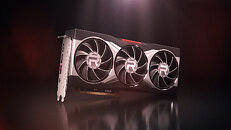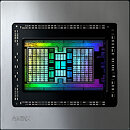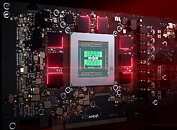
NVIDIA GeForce RTX 4060 Ti to Feature Shorter PCB, 220 Watt TDP, and 16-Pin 12VHPWR Power Connector
While NVIDIA has launched high-end GeForce RTX 4090 and RTX 4080 GPUs from its Ada Lovelace family, middle and lower-end products are brewing to satisfy the entire consumer market. Today, according to the kopite7kimi, a well-known leaker, we have potential information about the configuration of the upcoming GeForce RTX 4060 Ti graphics card. Featuring 4352 FP32 CUDA cores, the GPU is powered by an AD106-350-A1 die. On the die, there is 32 MB of L2 cache. To pair, it has 8 GB of GDDR6 18 Gbps memory, which should be enough to power games at 1440p resolution, which this card is aiming for.
The design of the cards reference PG190 PCB is supposedly very short, making it ideal for ITX-sized designs we could see from NVIDIA's AIB partners. Interestingly, with a TDP of 220 Watts, the reference card is powered by the infamous 16-pin 12VHPWR connector, capable of supplying 600 Watts of power. This choice of connector is unclear; however, it could be NVIDIA's push to standardize its usage across all products in the Ada Lovelace family stack. While the card should not need the full potential of the connector, it signals that the company could only be using this type of connector for all of its future designs.
The design of the cards reference PG190 PCB is supposedly very short, making it ideal for ITX-sized designs we could see from NVIDIA's AIB partners. Interestingly, with a TDP of 220 Watts, the reference card is powered by the infamous 16-pin 12VHPWR connector, capable of supplying 600 Watts of power. This choice of connector is unclear; however, it could be NVIDIA's push to standardize its usage across all products in the Ada Lovelace family stack. While the card should not need the full potential of the connector, it signals that the company could only be using this type of connector for all of its future designs.





















